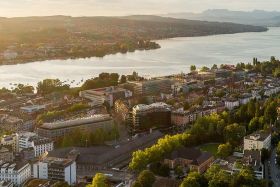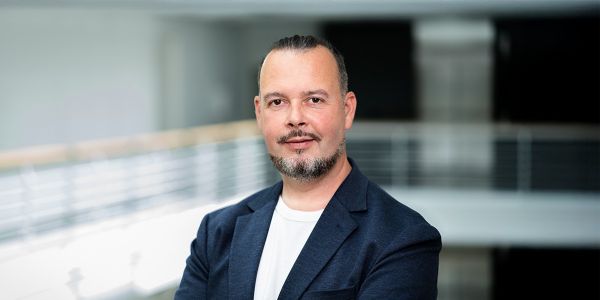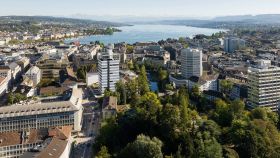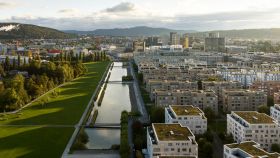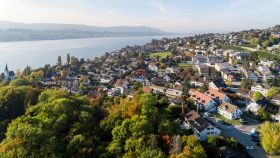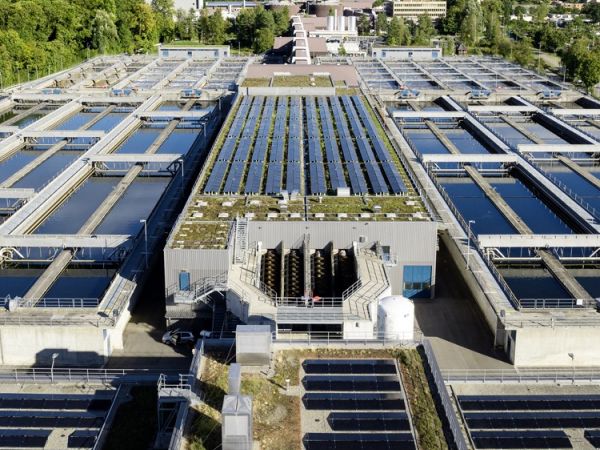
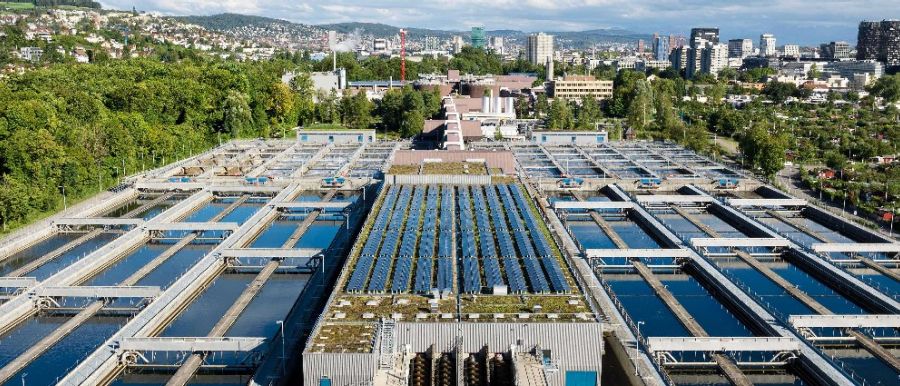
The Werdhölzli sewage treatment plant is at the heart of the energy network. As local renewable energy sources, ewz primarily uses waste heat from treated wastewater and sewage sludge recycling. The supply areas of Höngg and Altstetten North are mostly already connected to the energy network. Implementation will take place in Höngg Central from 2023 to 2028, in Altstetten East from 2024 to 2030 and in Altstetten West from 2027 to 2033.
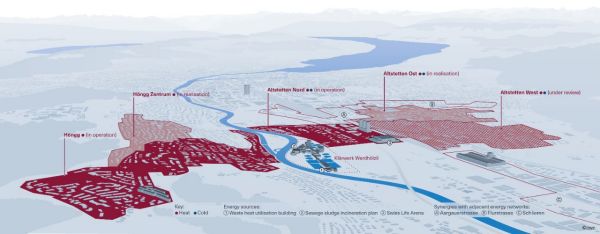
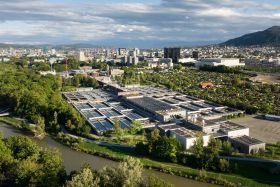
The urban areas of Altstetten and Höngg offer ideal conditions for an energy network. They have a high density of heat consumption and are situated close to a source of heat, the Werdhölzli sewage treatment plant. Good experiences with the ewz heating and cooling network that supplies the city of Schlieren had already shown that using waste heat from the treated wastewater works. However, the Schlieren network draws only a fraction of the heat potential of the Werdhölzli sewage treatment plant; the rest went unused. The Altstetten and Höngg energy network is changing that, and the successful process is being scaled up significantly.
An important project milestone is currently the connection of the supply areas south of the SBB railway tracks (Altstetten East and West) to district heating and cooling by the end of 2026. To this end, the future energy centres in the new supply areas will have to use anergy pipelines laid underground (excavation technology: microtunneling). In order to exploit synergies and increase security of supply, medium- and high-voltage power cables will be laid in the supply tunnel in addition to the anergy lines.
The heart of the new energy network is the site of the Werdhölzli sewage treatment plant. The primary energy source is waste heat from the treated wastewater of the city of Zurich, which is also available year-round.

The temperature of the treated wastewater ranges from approximately 11 degrees Celsius in winter to around 25 degrees Celsius in summer. Zurich’s disposal and recycling service treats up to 80 million cubic metres of wastewater each year – around half the volume of Lake Greifensee. Before the treated water flows into the Limmat river, it passes through a waste heat recovery facility (AWN building), where heat is taken from it. In the energy centre, heat pumps bring the temperature up to the level for useful heat.
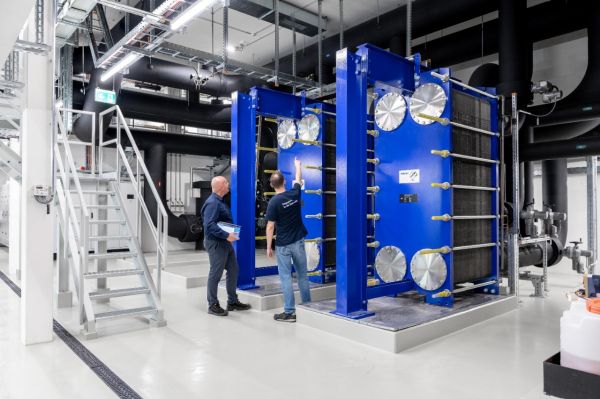
Another heat provider is the sewage sludge incineration plant, which is also located on the site. The waste heat generated in the course of incinerating the sewage sludge is a valuable energy source. The network uses both the direct surplus heat from the sludge recycling plant (around 2 MW of power) and the condensation heat from the exhaust gases (2.5 MW of power). Because the sewage sludge incineration plant has temperatures of 70 to 80°C, this can be fed directly into the system without needing to go via a heat pump.
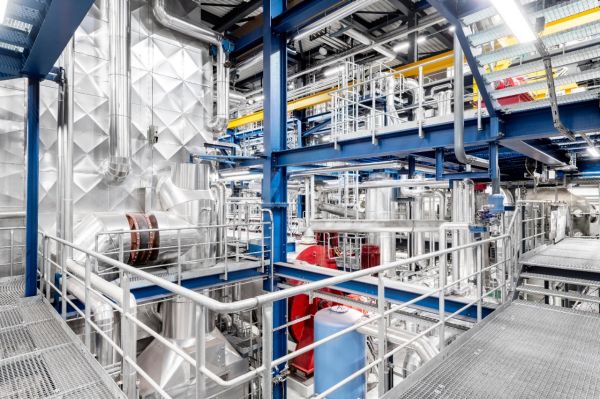
In addition, we direct the waste heat generated from ice production in the new Swiss Life Arena of the ZSC Lions into the anergy network. And from summer 2022 the energy centre of the Swiss Life Arena will produce cooling for connected properties that will be used to cool offices and commercial spaces. The cooling process is achieved, as with heat production, through highly efficient heat pumps.
